
12 July 2021
Developing a digital learning solution – it’s all in the planning
Developing robust digital learning solutions can often be an effective and efficient way of addressing a training, learning or development need. And when done well, they can deliver a memorable learner experience that drives both the learners’ engagement and their knowledge retention.
Digital learning solutions are becoming increasingly sought after. More and more L&D professionals see them as fundamental elements of an effective modern learning strategy. And that’s either as a comprehensive and complete solution to a specific learning need, or as part of a more blended programme.
It could be an elearning module (which may or may not also include a training video), a mobile app or a web-based learning programme. It might even be a virtual reality or augmented reality programme. Whatever it is, the impact and effectiveness of any digital learning solution depends on careful consideration and planning before any development work starts.
How do you assess a learning need?
It’s best to start by asking a few initial questions to explore the learning or training need itself. That’s because the identified learning outcomes help determine what the ideal learning solution will be. For example:
- What training need or needs are you specifically wanting to address?
- Who is the intended audience? What are their job roles (and levels, if relevant)?
- What are the required learning outcomes – what will learners need to know and/or be able to do, after they’ve completed the training?
- What is the main message you need to get across?
A good elearning agency will be able to help you with the end-to-end process. So don’t hesitate to engage and make use of their expertise. To get the most from an initial scoping meeting, take a look at our top 10 tips when you’re planning a piece of digital learning.



1.
Know what your single most important message is
Write it down. This may sound a bit trivial, but everyone on your team needs to be on the same page and having something down on paper helps avoid scope creep. And that’s something that’d risk drowning out the primary learning content (and eating your budget).
With the key message defined, probe and explore it further to determine what it translates to on-the-job. Are people demonstrating the required understanding and capability? What does good look like?
Try to then organise and summarise this into approximately three learning objectives (the desired outcomes that the digital learning solution needs to deliver). Exceeding three (give or take) objectives in a single piece of digital learning can risk overwhelming your learners.
Does consolidating or limiting to three objectives feel impossible? It might be that the subject is too broad to effectively address through a single piece of learning. In which case, consider whether the content could be broken down and organised into a programme of learning instead.
2.
Ask around
Unsure or can’t agree on a single most important takeaway? Get in touch with your intended audience and ask what matters to them. For example:
- What do they understand now?
- What are their main pain points?
- What would they really like to know?
Involving your target audience in the scoping process can also drive their engagement with the finished product, helping to ensure that it has maximum impact.


3.
Set the budget for your digital learning solution
Developing a digital learning solution that’ll be perfect for the identified training need is one thing. But ultimately, your budget will determine what’s going to be realistic and viable. And a good elearning agency can help ensure that you get the most bang for your buck!
It might be that you’ll need to engage a wider stakeholder group to determine and source an ideal budget. To help those conversations, think about what KPIs the learning intervention will have a positive impact upon. What’s going to be the return on your investment?
If you’ve already agreed and defined a budget, it’s also important to set realistic expectations of what the final learning solution will be. A good elearning agency can ensure you’ll get the best possible solution for your specified budget.


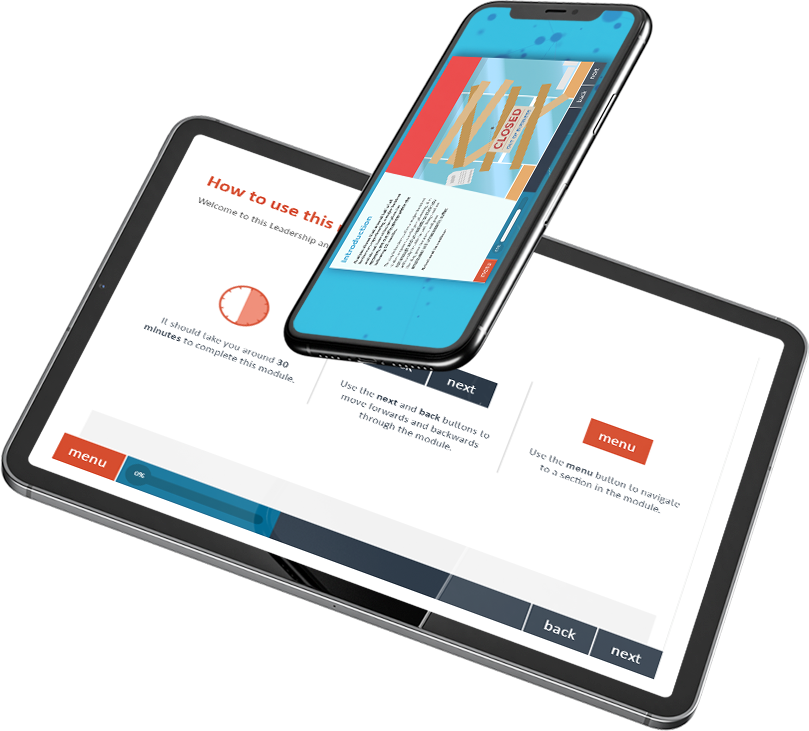
4.
Define the ideal completion duration
Adult learners’ attention spans vary from person to person. And there’s a mixed bag of opinions out there today. A quick Google search says you’ll find numerous commentators citing anything from 7 or 8 seconds to 6 hours!
The truth is that we’re all different. And how long something or someone holds our attention for isn’t hardwired into our collective DNA. What you might find interesting and could keep you engrossed in for hours, may well bore the socks off someone else!
The ideal completion duration should, however, be considered. With a potentially broad and varied audience, finding the sweet spot is a bit of a balancing act. As a general rule of thumb, we’d recommend a single piece of digital learning should ideally take 15-30 minutes.
Does the volume of content look like it’ll need longer to cover? Then it’s good to flag that the subject matter might best be broken down into a series of shorter pieces of separate learning.

5.
What’s the story?
Adult learners need more than just tell. Engagement comes from understanding. And that means the context of the learning—the what and the why—is just as important as the how.
Consider your content and how it’ll need to be told to the learner. What’s the story you’ll need to get across to achieve maximum engagement?
Essentially, the same principles that you’d apply if you were telling a story are a good rule of thumb. And that means thinking about the narrative’s:
- beginning: the scene setter; what’s the circumstance or situation that’s generating the learning need? What is it, as a result, that your learners need to know and do (the learning objectives) and why?
- middle: the nitty gritty of the what you need your learners to know and/or do and how they need to do it. And, if not obvious, when it needs to be done.
- ending: what should your learners now do to put it all into practice? Application of learning heavily influences retention. Link the content to the day job with some tangible and immediate takeaway actions, or you’ll risk knowledge erosion.
We refer to this process as the scripting stage – and it’s something that a good elearning agency will be able to do for you, and well, by working in collaboration with your subject matter experts. But, at this initial stage, it’s just headline bullets that you’re looking for.
6.
Determine the digital learning solution format
With the headlines of the script determined, it’s now time to think about how best to present the content. An interactive elearning module? A video (either standalone or embedded)? A web-based reference tool? An app?
Some complex subjects or processes, for example, might be best conveyed through images or video that show how it needs to be done. Or perhaps the subject matter is sensitive and needs a human touch through a presenter-delivered piece of video content.
Again, the best elearning agencies will determine what formats and approaches would most appropriately suit the content. They can help you deliver the defined learning objectives and outcomes—and which can be achieved quickly and painlessly.
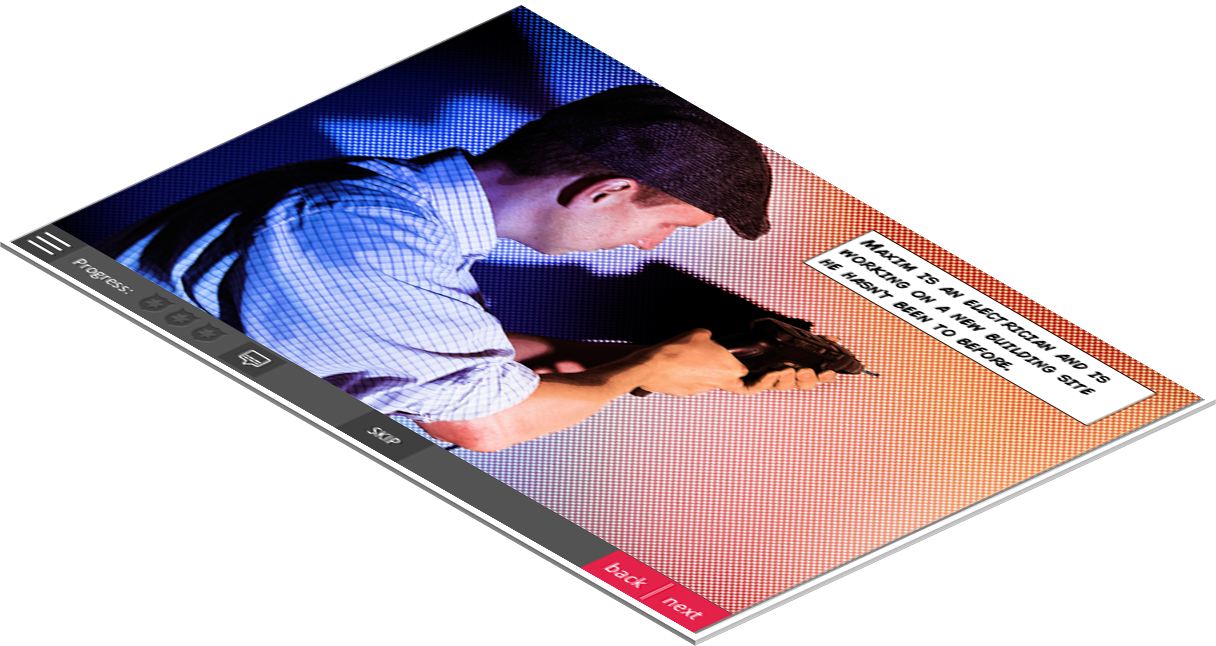
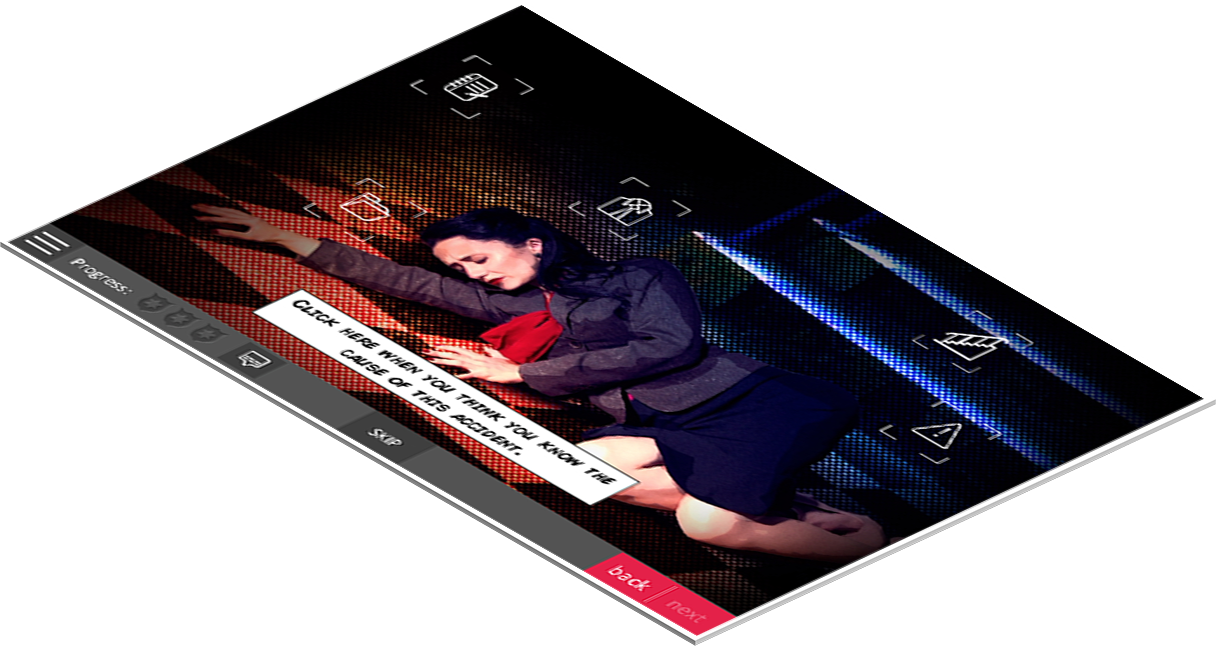
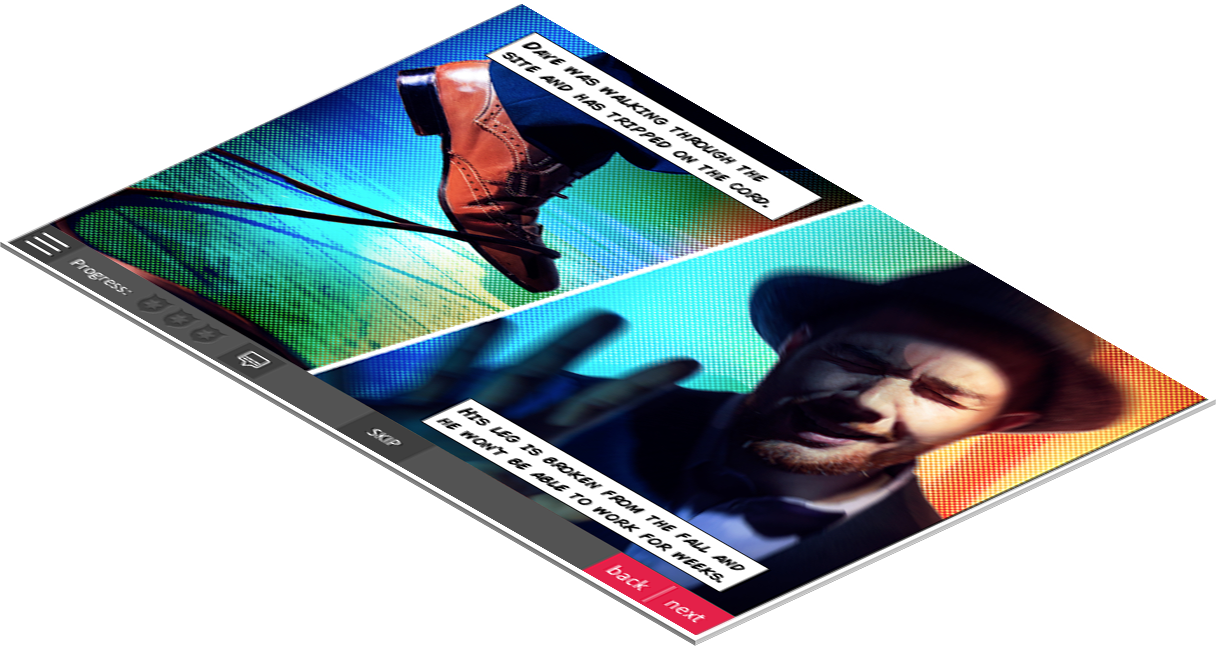
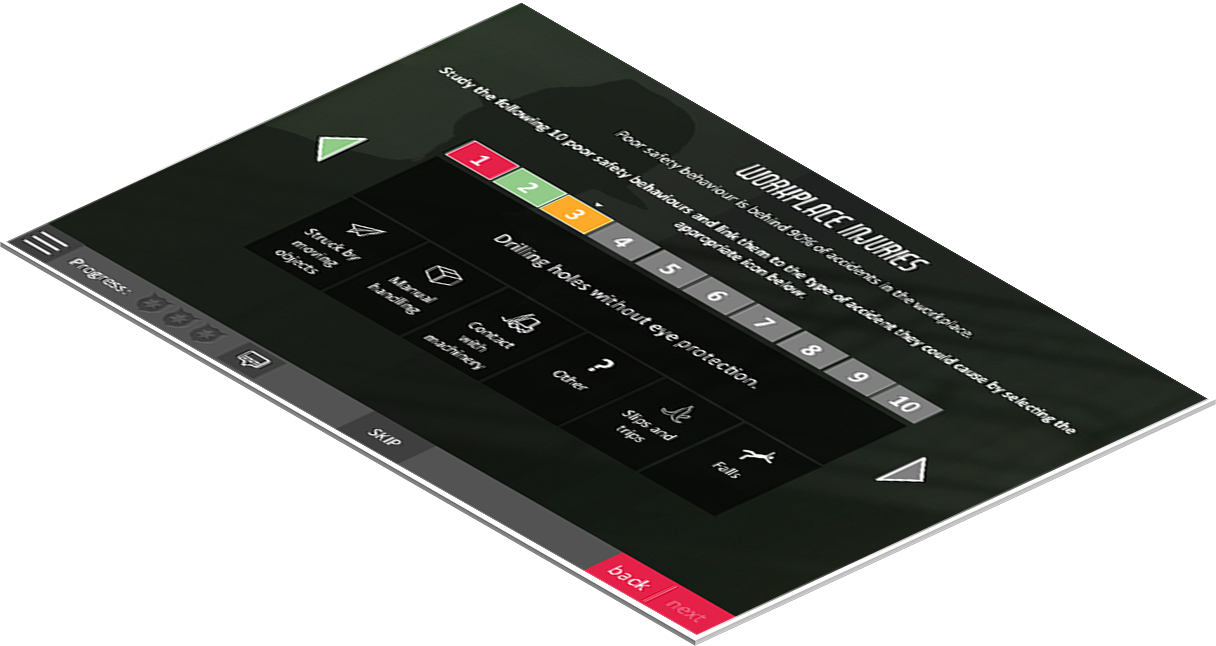
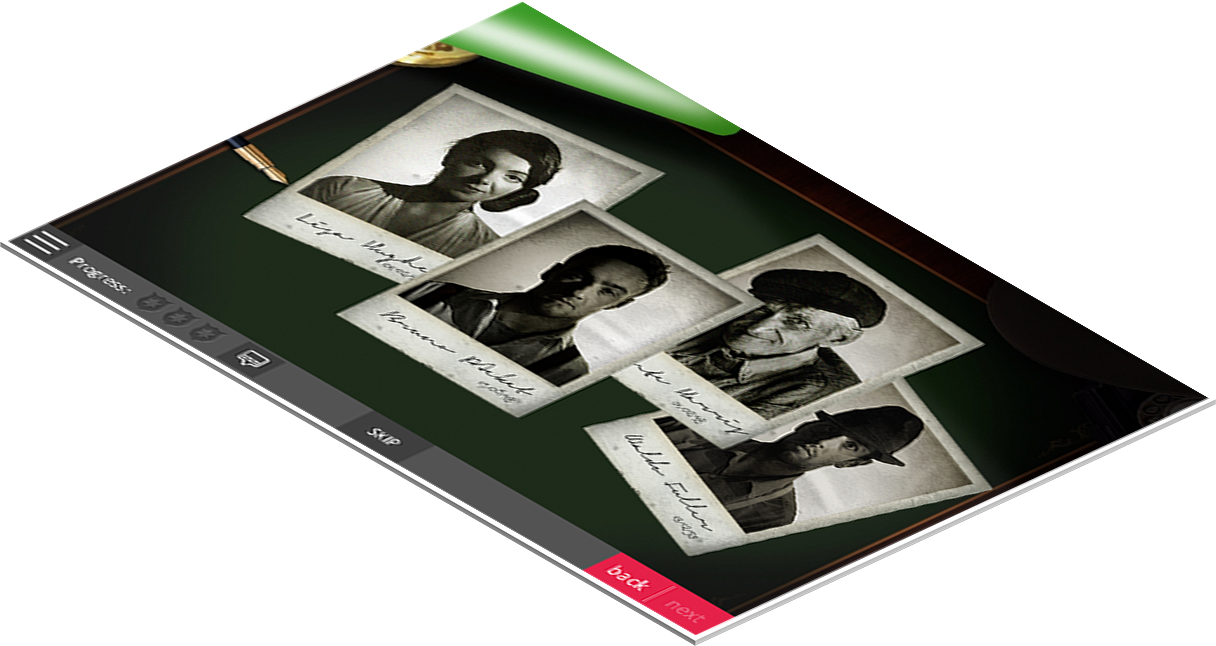



7.
Storyboarding your elearning
A storyboard for a piece of digital learning is a document that maps out the visuals, text and audio elements, interactions, navigation and anything else that’ll be used in the course. Essentially, it’s a blueprint for the development that’ll help save time and drive collaboration.
If you’re looking for examples of great digital, storyboarding can be crucial to this. That’s because it’ll be used and referenced by everyone involved in the project, from stakeholders and subject matter experts to designers and developers. It prevents project creep and keeps everyone on track to identify what they’ll produce, design or contribute.
Prior to any scripting or development work, the best digital learning providers will collaborate with you to produce an effective storyboard.
8.
Assets and creative media
The old adage, a picture tells a thousand words rings true when you’re looking to develop a digital learning solution. Very few people welcome walls of text. A screen full of words can feel overwhelming. And, at best, result in cognitive overload, or at worse, something that your learners merely skim-read (if at all).
Consider your content and identify what assets (e.g. still images, video, audio or other media) could be incorporated to help keep on-screen copy down to a minimum. A process could, for example, be well illustrated through a short video clip with audio narration.
You could of course, turn to video creation companies.

9.
Actors and voiceover artists
Identified content that’d lend itself well to a video, either presenter delivered or a process with voiceover narration? Then consider who, within your organisation, would be best placed to star in the video and/or record the voiceover.
Delivering a piece to camera or recording some audio sounds easy. But when the lights are on and the camera’s rolling, it can be a different story. Even the most experienced and confident presenter can be thrown off course, making for a wooden – or nerve-riddled piece of content.
Video and audio, when produced to a high standard, can have a big impact on the effectiveness of digital learning solutions. But get it wrong and you’re risking learner disengagement and even the credibility of the content (and/or the reputation of the brave soul who volunteered for the job!)
The best elearning providers will have a team of experienced presenters and voiceover artists at their disposal.

10.
Accessibility
Effective digital learning solutions are also inclusive digital learning solutions. That means ensuring yours is accessible to all your learners. And that’s irrespective, within reason, of disability or literacy standards. The average reading age in the UK is currently thought to be that of an 11-year-old.
If you’re using video content with dialogue or voiceover, it should be subtitled as standard. An overlaid sign language interpreter might also be appropriate to consider too, if relevant to your known and intended learners.
Your elearning company should ensure that all video content is developed to the right standards and that, if required, the overall solution is compatible with mainstream screen readers. They will also work with you to ensure that all written content uses an appropriate level and style of language best suited to the needs of your learners.
Conclusion; the best elearning agencies will help you
So, that’s our top 10 tips to consider when you’re planning to develop a digital learning solution. The planning phase will underpin and shape the development process, so it really is worth investing the time at this stage to avoid hiccups and bumps later.
And remember, a good elearning provider can work in collaboration with you to guide you through the ideal process to follow – and will be able to do most of the legwork for you with the right input and support during the scoping phase.
Next up we discuss our top checkpoints for actually getting the ball rolling on creating digital learning solutions.
If you have a digital learning need that Dynamic can help with, please don’t hesitate to get in touch!
